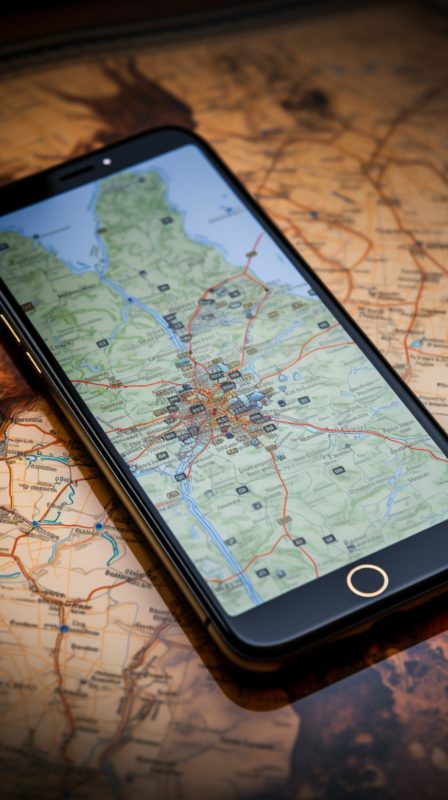
- Categories:
- News
- /
- Blog
What role could AI play in creating truly multi-modal journey planning, and maybe shaping our future travel behaviour?
Blog: By Dominic Scholfield, Mobility and Strategy Team Leader, Cenex
It feels like there’s an army of commentators out there wanting to talk about the dangers of AI, which is understandable, but it has plenty of uncontroversial uses too. While it’s reasonable to worry about the possibility of job loss, the spread of misinformation, or biased algorithms, we shouldn’t overlook the fact that AI is already being used to help radiologists detect cancers and medical researchers discover new proteins.
I believe that AI also has the potential to revolutionise journey planning. Although the current generation of AI has already made significant progress in this area – with tools like Google Maps and logistics firms’ sophisticated route planning software – there are still limitations. I think that the next generation of AI, including Large Language Models such as chat GPT, could help in overcoming these limitations.
Two examples from my own experience illustrate what I mean. First, I frequently travel to London via train, but due to the reduction in local branch lines and buses, Google’s public transport options take hours to get me there. If Google could combine cycling and public transport, it would know that I can cycle to a mainline station, catch a train, and reach Euston within an hour.
The second scenario is even more complicated. I had to attend a mid-morning meeting in South London, but travelling by train during peak hours with multiple changes would have been too time-consuming and expensive. Driving into London was also not an option due to parking. If it could combine driving with public transport, Google could have offered me options to drive to somewhere just outside the M25, park, and catch a local train into London.
Wouldn’t it be great if I had an intelligent personal transport assistant on my phone? This assistant would know that I have access to both a car and a bike and that I’m willing to put the bike in the car if needed. Whenever I add a new appointment to my calendar, it would offer me different options using all available modes of transportation – the fastest, the cheapest, the most eco-friendly, and perhaps another option that balances all three based on my previous preferences.
It is a valid question to ask why there are limited options for alternative transportation modes when using Google Maps. While bike share schemes are already included in the algorithm for some cities, it should ideally be possible to include cycling routes to any station, or park-and-ride sites to combine car and bus transportation.
I can suggest a few possible reasons for the lack of progress. First, I think these planners have a bit of a blind spot around parking – if I get driving directions on Google Maps to somewhere in a city, it doesn’t automatically give me nearby parking options, which is strange when you think about it. I suspect that the datasets just aren’t either available or complete enough as yet, but I think they will come. Without good data on parking and a way of building this into the tool, combining the car with other modes is going to be hard. But that doesn’t explain why I can’t combine bike and public transport.
I suspect a bigger roadblock is the lack of a viable business model. While some of us crave multi-modal journeys, mainstream demand leans towards simplicity. Car companies profit from solo driving, and public transport operators are just starting to see the potential in seamless travel experiences. Hopefully, AI developers are starting to see the potential market for a more sophisticated approach to mobility, which their tools could enable.
A more intelligent personal assistant could be used to start shaping our travel behaviour, rather than just enabling our existing plans. It could start to factor in the user’s health, as already happens in Antwerp where a local journey planning tool that combines multiple modes is partly used to encourage users to take up active travel. It could suggest changing the time of a meeting to avoid transport bottlenecks or let the user know about options they might not be aware of, like a local car club. It could be especially useful if (when) road pricing is introduced (as it will have to be at some point to replace fuel duty) because it will be able to quickly show drivers if they could save money by using other modes.
If you’re developing tech in this space, reach out to us at Cenex – we’re eager to help bring innovative solutions to life.
And if you’re interested in learning more about sustainable mobility check out the SuSMo (Shared Urban Sustainable Mobility) project here: https://www.cenex.co.uk/projects-case-studies/susmo/